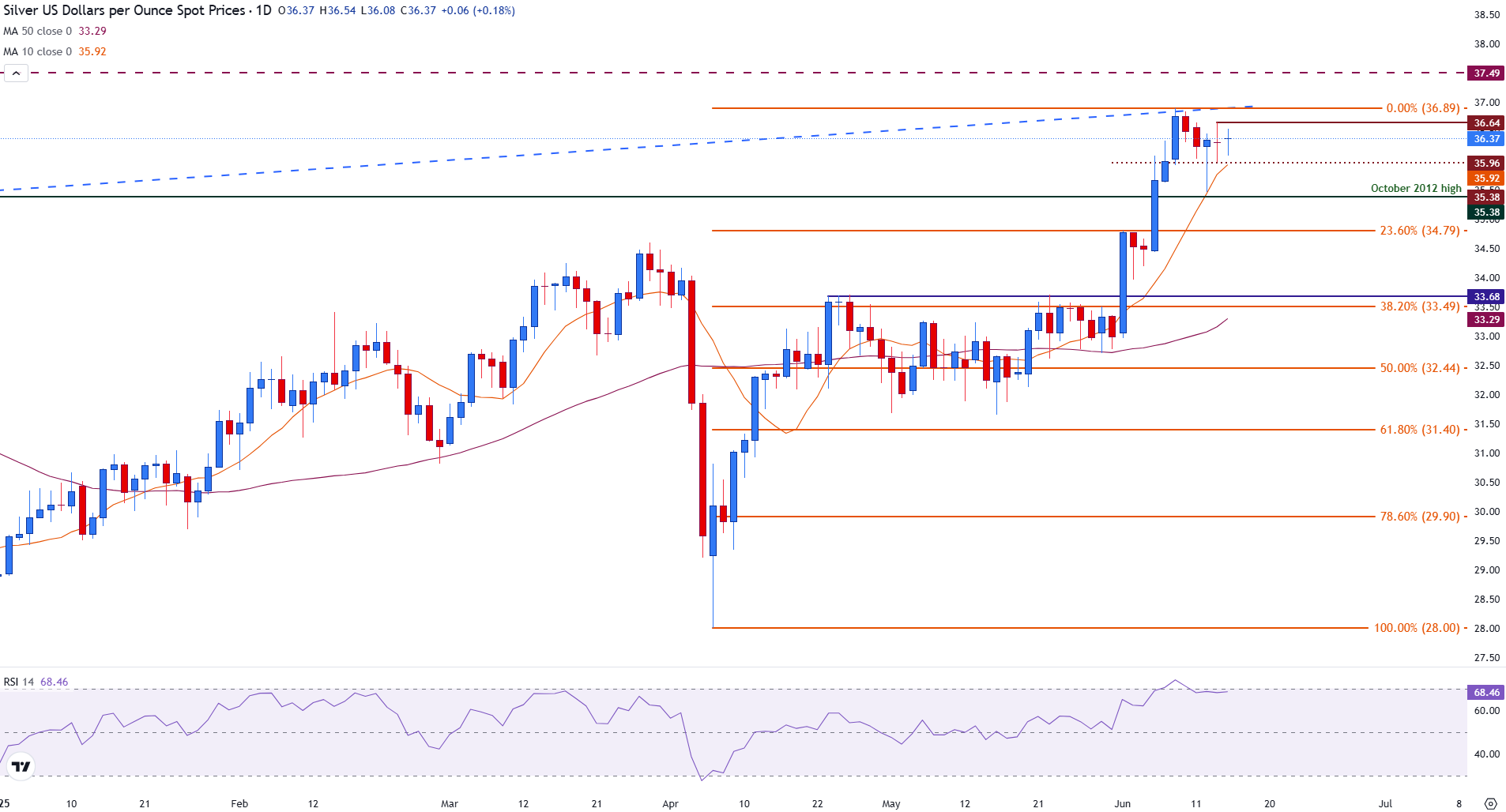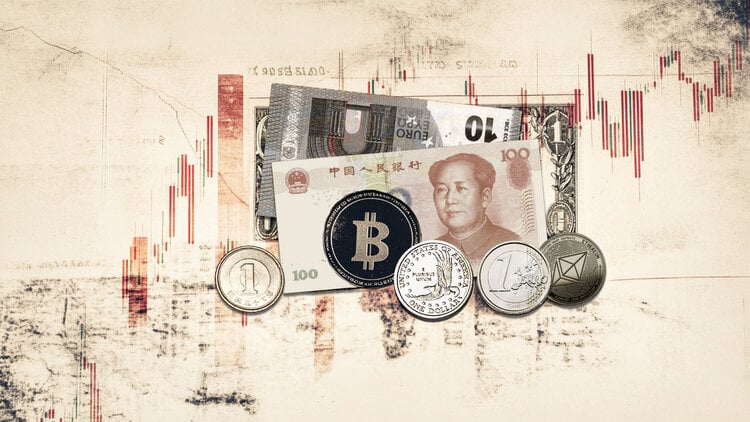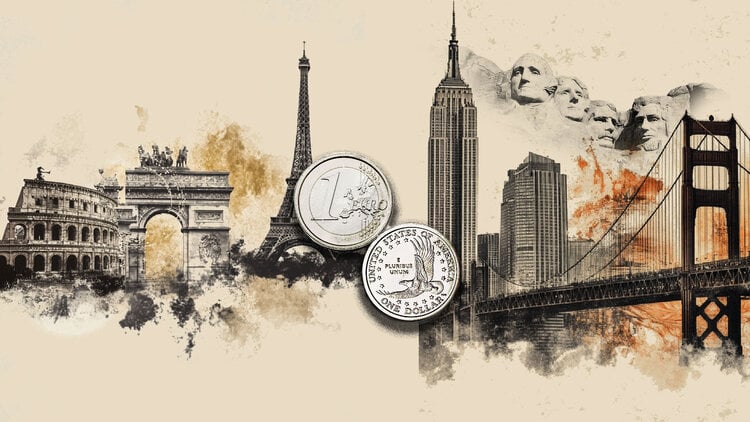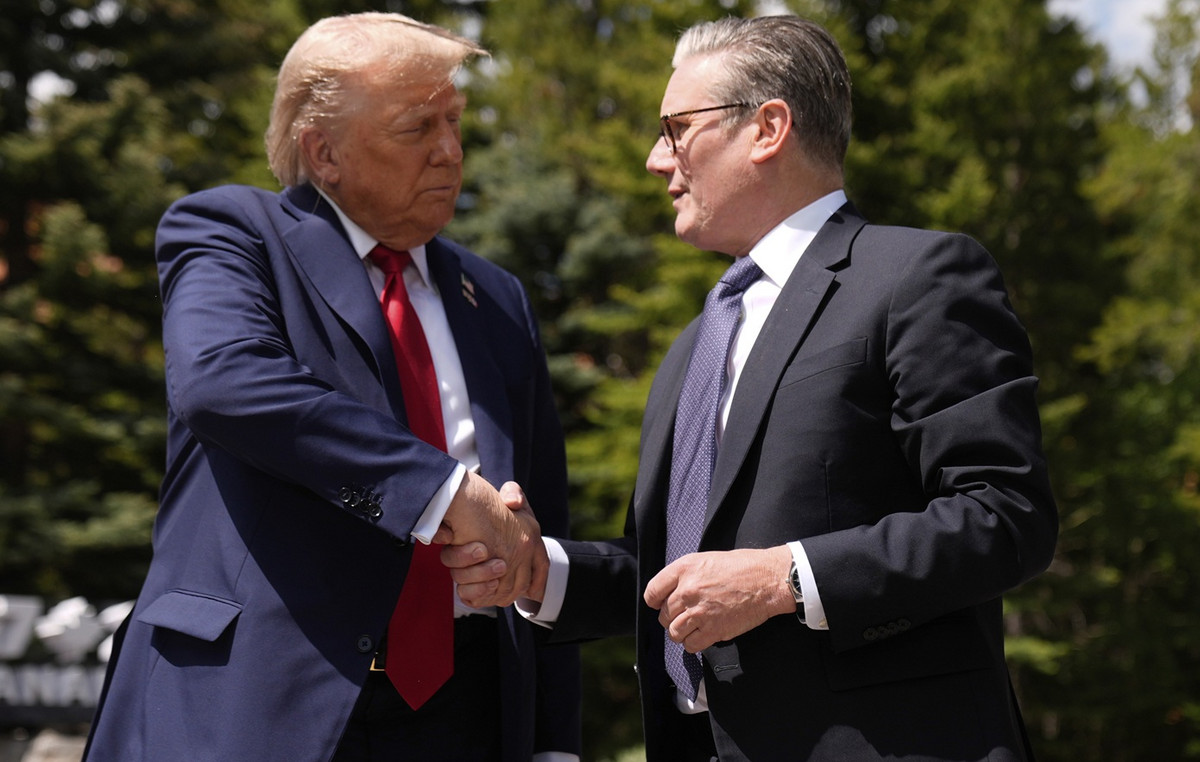- Silver prices are stagnating above the key psychological level of 36.00, now acting as a short -term support after the June break.
- Geopolitical tensions between Israel and Iran are still a key engine, with markets attentive to signs of descalae that could influence the demand for safe refuge in La Plata.
- XAG/USD remains sensitive to the movements of the US dollar and treasure yields, before the FOMC decision and the economic projections on Wednesday.
Silver prices are stagnating above $ 36.00 on Monday, with the bullish impulse taking a pause after a strong rebound for several weeks.
At the time of writing, XAG/USD remains with a rise of more than 10% in the month, although the metal now seems to be consolidated while looking for a new directional catalyst.
The US dollar has lost ground despite the geopolitical background, with its traditional status of safe refuge under pressure in the midst of political instability and uncertainty about commercial policy.
A weaker USD has helped keep the money supported by about $ 36.38, after a modest profit of 0.2% since Friday.
The conflict between Israel and Iran, who is on his fourth day, has triggered waves of safe refuge demand. However, signs of a possible diplomatic opening have begun to emerge. Reuters and The Wall Street Journal reported that Iran sent messages through Arab intermediaries indicating their willingness to resume nuclear conversations with the United States.
This has introduced some hope for the de -escalated, limiting a greater increase in precious metals. However, some Iranian officials have denied these reports.
In addition, the growing speculation around a possible cutting cuts of the Federal Reserve (FED) later this year, particularly before the FOMC meeting on Wednesday, has further improved the attractiveness of silver as a coverage asset without performance, helping to maintain high levels despite the fluctuating risk sensation linked to the conflict in the Middle East.
Technical Silver Analysis: XAG/USD stands firm above 36.00 $
La Plata (XAG/USD) is traded about $ 36.38 on Monday, staying firm after a strong rebound during June.
The breakdown of last week cleared the long -term resistance in the maximum of October 2012 of 35.92 $, which now acts as an immediate support.
The price action shows consolidation signs below the maximum of the year of 36,89 $, registered last Monday.
Daily La Plata graphics (XAG/USD)

The daily relative force index (RSI) remains elevated in 68, suggesting that the bullish impulse remains at stake but approaches the overcompra territory. A sustained breakdown above $ 36.89 could pave the way for a movement towards long -term resistance in $ 37.49.
On the contrary, a fall below $ 35.92 would expose downward risks, with the next key support level seen in $ 34.79 and the fibonacci setback of 38.2% in 33.68 $, which is closely aligned with the simple (SMA) mobile average (SMA) of 50 days.
FAQS SILVER
Silver is a highly negotiated precious metal among investors. Historically, it has been used as a value shelter and an exchange means. Although it is less popular than gold, operators can resort to silver to diversify their investment portfolio, for their intrinsic value or as a possible coverage during periods of high inflation. Investors can buy physical silver, in coins or bullion, or negotiate it through vehicles such as the funds quoted in the stock market, which follow their price in international markets.
Silver prices can move due to a wide range of factors. Geopolitical instability or fears of a deep recession can cause the price of silver to shoot due to its safe refuge status, although to a lesser extent than that of gold. As an asset without performance, silver tends to climb with lower interest rates. Its movements also depend on how the US dollar (USD) behaves, since the asset is quoted in dollars (XAG/USD). A strong dollar tends to maintain the price of silver at bay, while a weaker dollar probably drives rising prices. Other factors such as investment demand, mining – silver supply is much more abundant than gold – and recycling rates can also affect prices.
Silver is widely used in the industry, particularly in sectors such as electronics or solar energy, since it has one of the highest electrical conductivities of all metals, surpassing copper and gold. An increase in demand can increase prices, while a decrease tends to reduce them. The dynamics in US economies, China and India can also contribute to price fluctuations: for the US and particularly China, its large industrial sectors use silver in several processes; In India, the demand for consumers for precious metal for jewelry also plays a key role in pricing.
Silver prices tend to follow gold movements. When gold prices go up, silver typically follows the same path, since their status as shelter is similar. The gold/silver ratio, which shows the number of ounces of silver necessary to match the value of an ounce of gold, can help determine the relative valuation between both metals. Some investors may consider a high ratio as an indicator that silver is undervalued, or that gold is overvalued. On the contrary, a low ratio could suggest that gold is undervalued in relation to silver.
Source: Fx Street
I am Joshua Winder, a senior-level journalist and editor at World Stock Market. I specialize in covering news related to the stock market and economic trends. With more than 8 years of experience in this field, I have become an expert in financial reporting.







